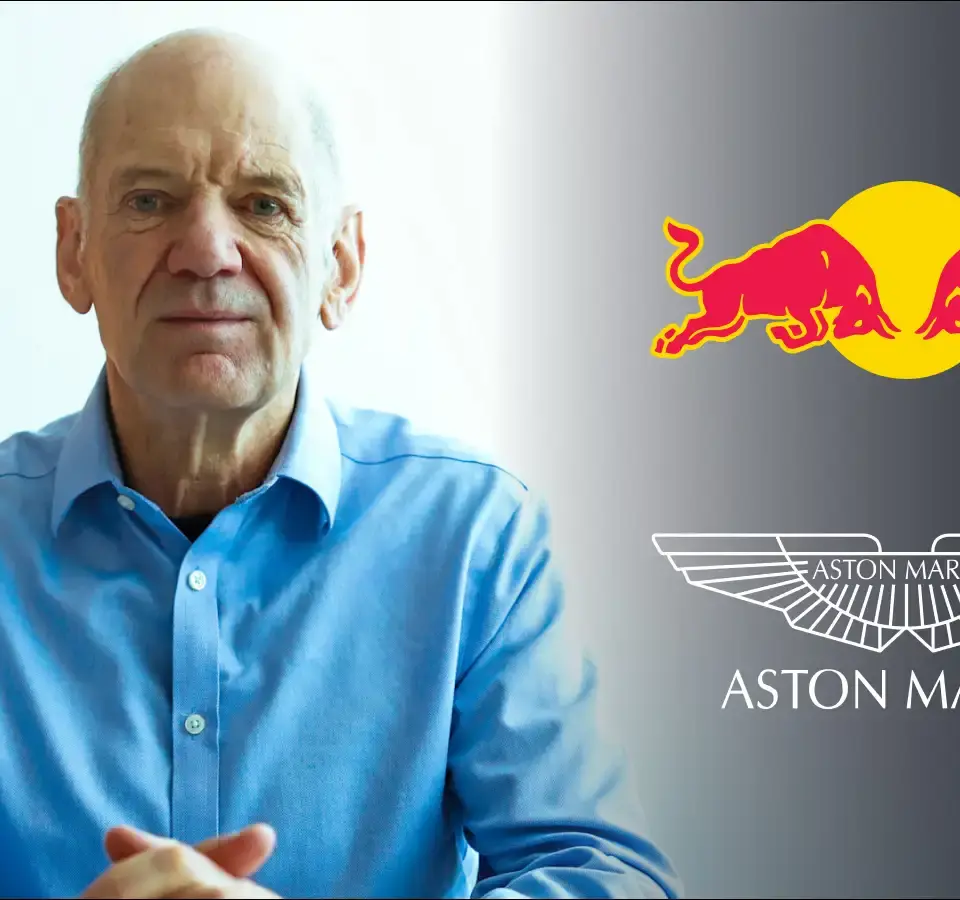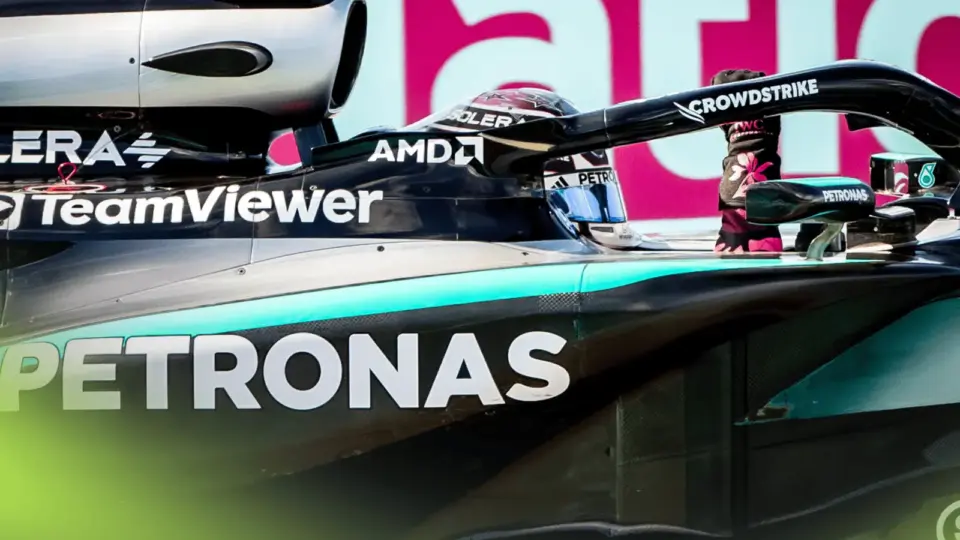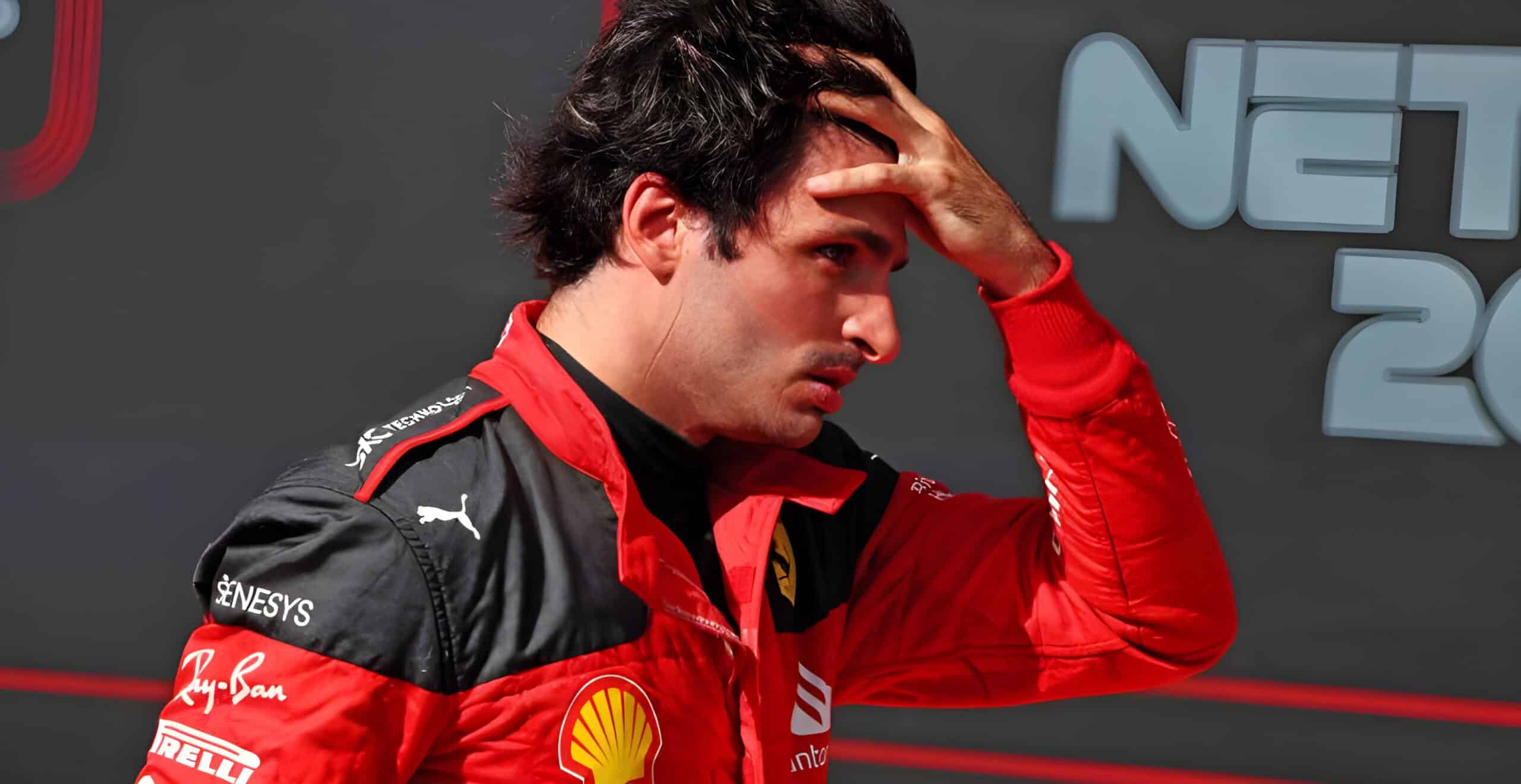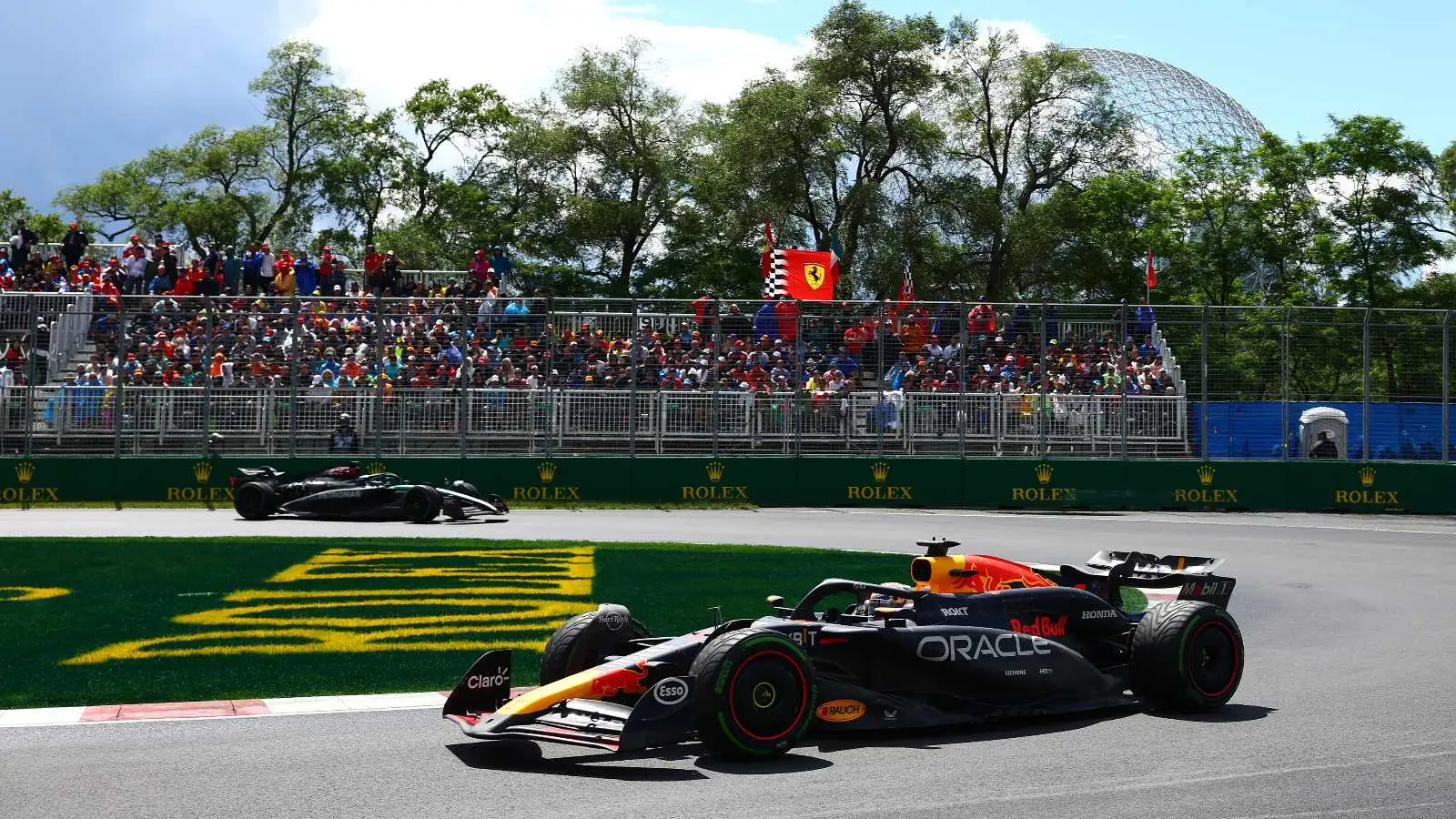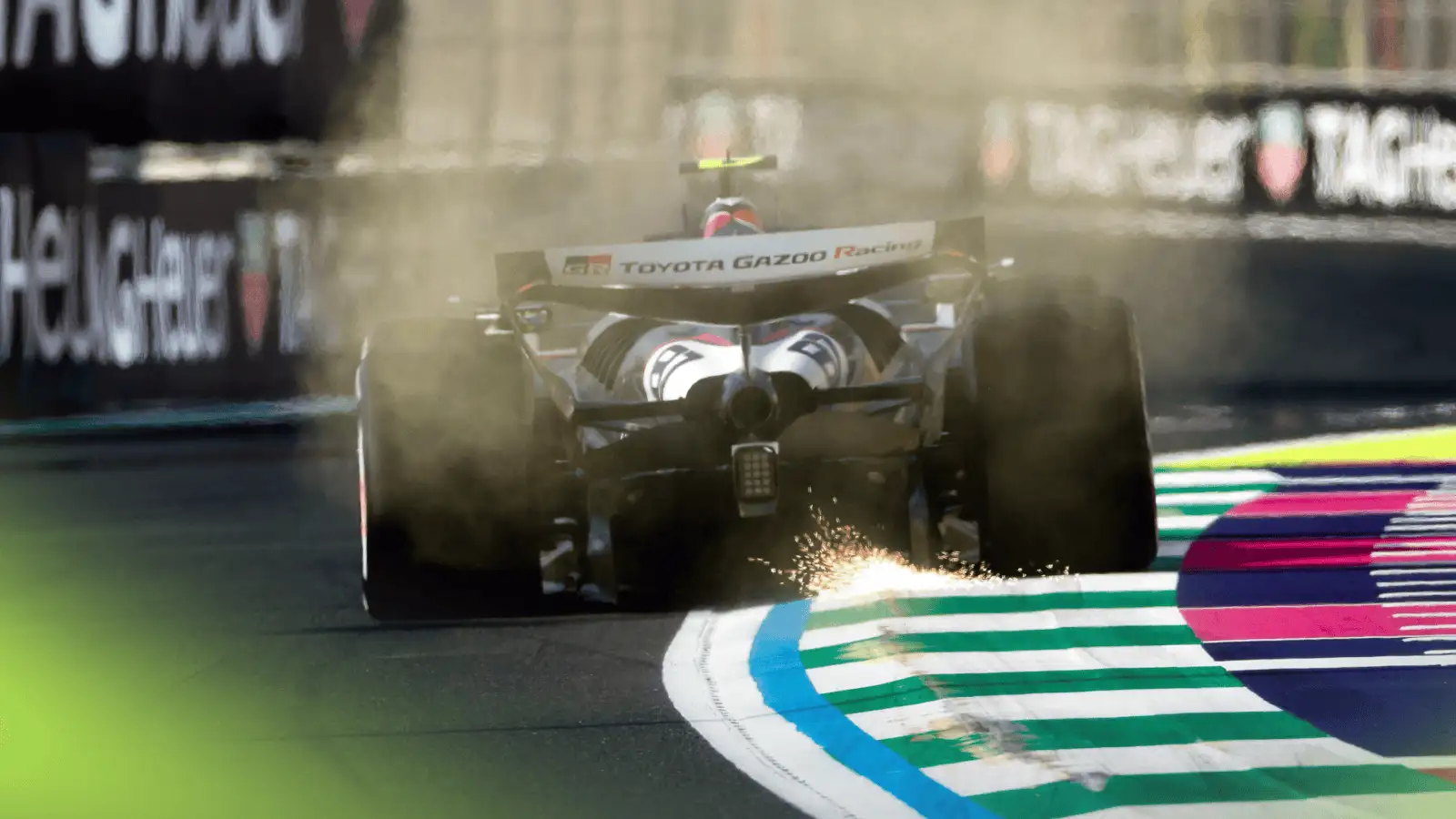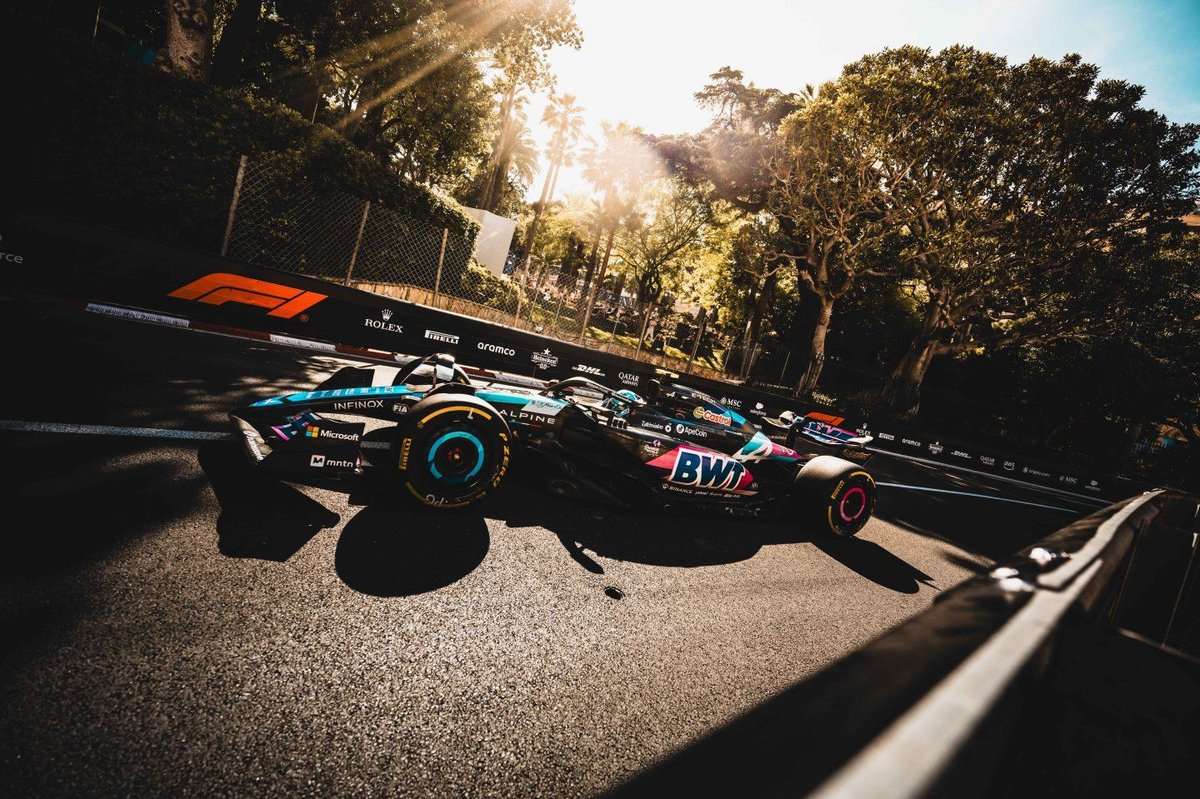Adrian Newey opens up about the challenges and triumphs of working at Red Bull despite the outdated facilities, especially the wind tunnel.
- Red Bull’s Milton Keynes base, initially built in the 1990s, has seen incremental improvements over the years, but still sports one of the least effective wind tunnels in F1.
- Adrian Newey’s transition to Aston Martin introduces him to state-of-the-art facilities, courtesy of Lawrence Stroll’s investment.
- For Newey, success boils down to the teamwork and synergy among talented individuals, not just the tools at their disposal.
- Adrian Newey’s primary focus now lies on perfecting Aston Martin’s F1 2026 car amidst the ever-evolving rule changes.
Adrian Newey, recognized for his engineering prowess, candidly described the wind tunnel at Red Bull as “one of the worst” in Formula 1. Despite its antiquated nature, Red Bull managed to churn out championship-winning cars from its Milton Keynes base. This facility, dating back to the 1990s, was originally erected for Stewart Grand Prix. Red Bull’s gradual improvements over decades haven’t fully modernized their infrastructure, leading them to use an ex-Concorde development site while awaiting their new on-site wind tunnel.
Now with Aston Martin, Newey finds himself amidst one of the most advanced F1 settings, thanks to Lawrence Stroll’s vision. As Newey embarks on designing Aston Martin’s path to glory, he reminisces about his former workplace. His words underscore a key principle: “It is important that we now optimize how we use it. Again, this is a people sport.” Despite the old wind tunnel and mundane setting, it was the collective human effort that propelled Red Bull to success.
Newey highlights that a successful F1 operation is not just about having advanced facilities but about collaboration and effective use of available tools. He notes that developing a modern F1 car is an intricate process involving countless parts and simulations. Teams are heavily reliant on simulations, such as Computational Fluid Dynamics (CFD), and an effective correlation between the track and developmental tools.
His mission at Aston Martin, as per Stroll, is clear-cut: achieving victories, particularly with the 2026 car in mind. Newey stresses the importance of focusing on present efforts rather than fantasizing about future success. “There’s no point in daydreaming about the future. It’s about getting on and doing the work. If we do our work correctly, hopefully things will come together,” he states. This pragmatic approach guides his current endeavors at Aston Martin.
Newey’s insight highlights the intricate balance between facility quality and human talent in Formula 1. Advanced simulation tools like CFD and driver-in-the-loop simulators are pivotal, yet without skillful individuals to maximize them, their potential is limited. He elaborates on the need for software development to drive these systems effectively, maintaining that time and effort are essential to harness such complexity.
Adrian Newey’s journey emphasizes the essence of teamwork and strategic resource utilization in the relentless pursuit of F1 excellence.
